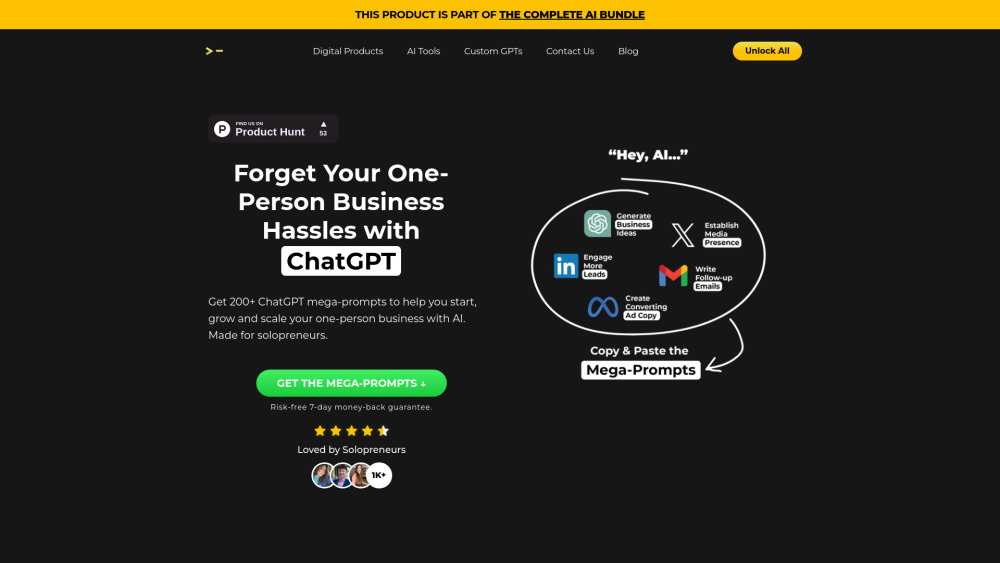When a significant system incident occurs, effective communication—both online and offline—is crucial. This online interaction creates a digital audit trail, capturing what happened, when it happened, how individuals responded, and ultimately how the issue was resolved. Jeli, a company launched a few years ago to assist organizations in understanding and tracking incidents, is taking an exciting next step in their mission. Today, they announced a beta release that introduces ChatGPT-like functionality to enhance incident management.
Nora Jones, the founder and CEO of Jeli, explains that incorporating generative AI into their product was a natural progression. “We are constantly exploring ways to improve our offering and simplify the process for individuals to understand their roles during emergencies or even in non-emergency situations and find access to expertise. So, we started experimenting with generative AI to assist during and after incidents,” Jones shared.
One of the standout features will be a summarization tool that helps users quickly grasp incident developments. As Jones notes, incidents can sometimes last for days or even weeks, and being able to catch up without sifting through endless messages can save considerable time. “During the incident, we offer a feature called ‘Catch Me Up’ that summarizes the ongoing conversation for those who need a quick overview,” she said.
Furthermore, the platform will provide valuable narrative insights, allowing users to track the scope of the incident effectively. “We enable you to generate markers that highlight when detection occurred, who was involved, what actions were taken, where diagnosis happened, and how repairs were implemented. The goal is to guide humans towards understanding any anomalies in the event's progression,” she added.
Using the OpenAI API initially, Jeli is building this functionality by specifically training their model on computer incident management. “We are leveraging generative models from OpenAI, specifically ChatGPT, and enhancing the responses through methods like chain of thought reasoning. This has significantly improved our ability to classify incident transcripts,” Jones explained.
To mitigate the risk of the model generating inaccurate or misleading information—an issue known as "hallucination," which poses a risk in incident management scenarios—they ensure transparency by providing users with access to source materials. “Users can view the summary alongside the evidence used to generate it. We refrain from labeling this as ‘an automated post-mortem’ or ‘an automated incident review’ because it’s more of a starting point. We encourage human intervention and editing in the process,” she clarified.
While the current version does not yet allow users to query the incident report directly, Jones indicates that this beta phase aims to refine their offerings further, with enhancements informed by user feedback.
The company is officially announcing this new capability today, inviting interested Jeli customers to join the waitlist.




